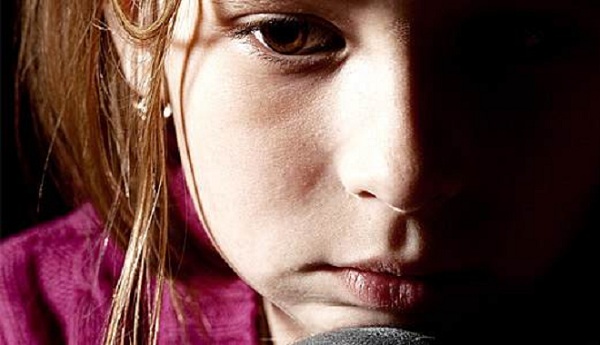The stages of grief in children as a reaction to loss
29 April 2017[Previous post: http://bit.ly/2oFD36X]
Whenever a loved one dies, children should be told immediately in the most direct manner possible. From when they’re told until the time they accept the death, children react to the loss of a loved one by going through four necessary stages of grief, which are very similar to the five corresponding stages in adults (denial, anger, bargaining, depression, acceptance).
In particular, the first stage of grief in children is completed through understanding the fact of loss. The second stage begins with processing grief through contact with the pain caused by the loss and the expression of emotions. In the third, an internal, symbolic contact with the departed person is created, so that the memory of them can be preserved. And in the final stage, children acquire the ability to adapt to the new reality, to continue with their lives and to invest in new relationships. These stages don’t have fixed limits but are intertwined and it’s natural for children to regress sometimes to a previous stage.

The intensity and type of emotions and reactions on the part of children during the grieving process vary depending on the stage of their development and maturity, their personality, spirituality, the form taken by the death, the relationship with the deceased person and the attitude adopted by the people close to them. Nevertheless, the process of grief exhibits certain common features in children, until emotional stability is achieved. During acceptance of the reality of death, reactions of shock and denial of the event are exhibited, while, when children conceive of death, in their own way, they go through a broad spectrum of emotions, usually accompanied by tears and feelings of fear, anger, stress, guilt and regret. Unlike grown-ups, children express their grief in bursts and the time of grieving is usually shorter. Their sorrow doesn’t banish their laughter and games.
The feelings of guilt and regret are usually exhibited at the youngest ages, as a product of children’s magical ideas. On the one hand, they may feel that their wishes are all-powerful, since they usually learn how to get what they want. So if, on an angry impulse, they ever said to someone: ‘I hope you die’ and that person then did just that, they would feel that they were the cause. Or, on the other hand, they might attribute the death to a bad action on their own part or some damage they’ve caused, though this is usually as result of the general upbringing they’ve been given by their parents. So after a death, they may do things in order to punish themselves. In such cases, children must be reassured that they bear no responsibility, that the deceased person loved them and will continue to do so. But children who are older can also feel guilty about things they said or did, or even things they omitted to say or do. In these instances, emphasis must be placed on the love and forgiveness of the person deceased.
In turn, the feeling of fear derives mostly from the worry that children have that they, too, or another person they love, will die. By the same token, the likely feelings of anxiety, as well as anger against the person deceased, are exhibited because the children have lost someone who gave them love and protection. The antidote to this is for children to feel that they’re surrounded by people who love and care for them. This should be regarded as a natural reaction of grief and not a cause for criticism. Other natural reactions are temporary disturbances in terms of food intake, sleep and continence, as well as clinging to one or more persons of whom they’re particularly fond. Sometimes there’s a desire for solitude or an apparent return to earlier stages of development, that is, acting more like a baby.
Some children may not express themselves verbally regarding a death which has affected the family, but they may do so by incorporating it into their games (acting, painting and so on), while external indifference often functions as a self-defence mechanism which allows children to deal with the intense emotions engendered by loss at a later time and more gradually.






